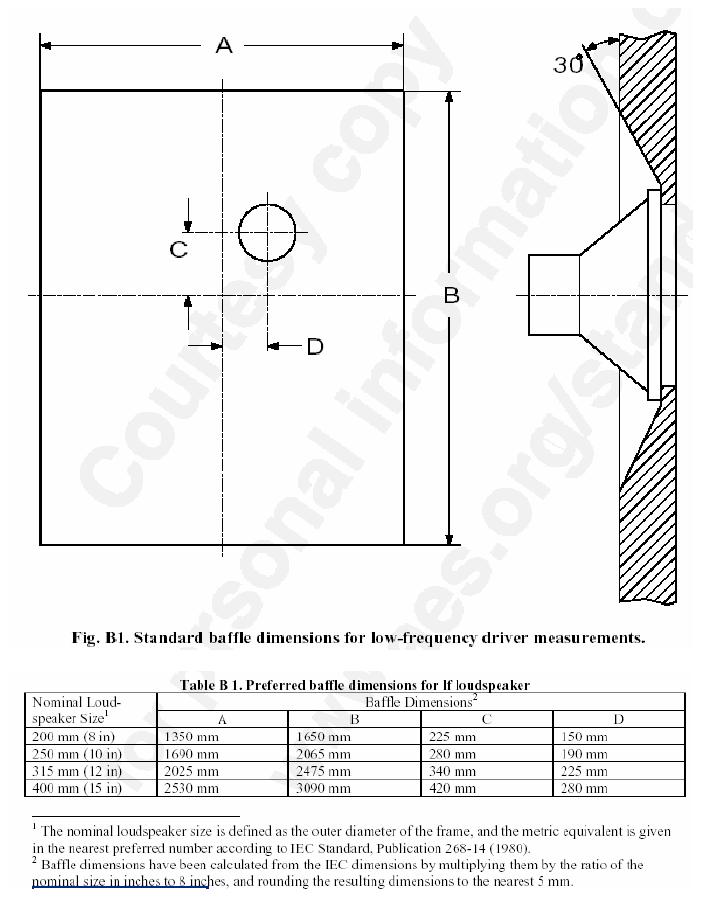Hey everyone,
I'd like to go from using a single 12" speaker to a 4x10" arrangement. The rated sensitivity of the original 12" is 102db, and the new 10" speakers are 96.1db.
What would the effective sensitivity of the 4x10" cabinet be when wired in series-parallel?
I'd like to go from using a single 12" speaker to a 4x10" arrangement. The rated sensitivity of the original 12" is 102db, and the new 10" speakers are 96.1db.
What would the effective sensitivity of the 4x10" cabinet be when wired in series-parallel?


Comment